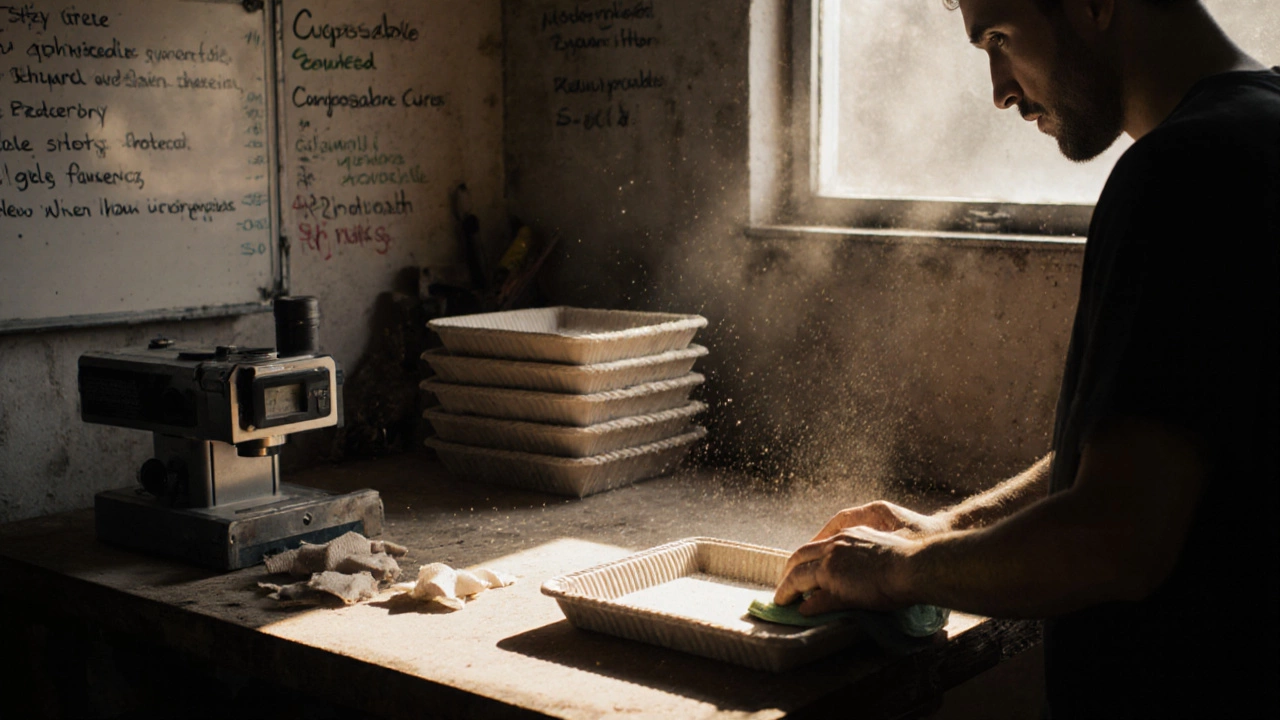How to Launch a Manufacturing Startup in 2025
Thinking about turning a product idea into a real factory? You’re not alone. Hundreds of entrepreneurs are looking to start small‑scale manufacturing this year. The good news is that the process isn’t as mysterious as it seems. Follow these steps and you’ll have a plan that works on the ground, not just on paper.
First Steps: Planning & Funding
Start with a clear problem you’re solving. Talk to potential customers, check pricing on similar products, and write down the exact value you bring. This simple market check saves you from building something no one wants.
Next, sketch a rough business plan. Include the product, target market, estimated production cost per unit, and a realistic price point. A spreadsheet with numbers for raw material, labor, rent, and utilities will give you a sense of cash flow.
Funding comes in three flavors: personal savings, bank loans, or investors. For a manufacturing startup, banks often like to see a detailed cost breakdown and a small pilot run plan. If you’re lean, consider a micro‑loan or a government scheme that supports small‑scale industry in India.
Don’t forget the hidden costs – permits, electricity deposits, and the first batch of raw material that sits idle while you set up the line. Add a 15‑20% buffer to your budget. It feels safer that way.
Setting Up the Production Line
Location matters. Look for an area with reliable power, easy access to transport, and, if possible, a nearby supplier. Industrial parks often offer cheaper utilities and a one‑stop shop for licenses.
Licensing can feel like a maze, but the basics are the factory registration, GST, and any specific approvals for your product (e.g., food, pharma, textiles). Check the state’s industrial department website – they usually list a checklist.
Choose machines that match your initial output. You don’t need the biggest press right away; a mid‑size, versatile machine can handle the first few thousand units and can be upgraded later. Talk to vendors about leasing options – they reduce upfront spend.
Hiring starts with a small core team: a production supervisor, a quality‑control person, and a couple of line operators. Train them on your SOPs right away. A 5‑minute daily stand‑up meeting keeps everyone aligned and catches issues before they snowball.
Finally, implement a simple measurement system. Track cycle time, scrap rate, and first‑pass yield. Even a spreadsheet will show you where you lose money and where you can improve.Launching a manufacturing startup is a mix of good planning, realistic budgeting, and hands‑on execution. Keep the focus on solving a real need, stay lean on equipment, and watch your numbers daily. In a few months you’ll move from a prototype on a kitchen table to a modest production line feeding real customers. Ready to roll up your sleeves?
How to Start a Manufacturing Business from Zero in 2025
Start a manufacturing business from zero with low cost, local suppliers, and government grants. Learn how to test ideas, find customers, and grow without big loans or fancy equipment.
Read MoreHighest Demand Product Ideas for Manufacturing Startups
Cracking the code on the most in-demand products can mean the difference between startup success and a wasted investment. This article uncovers what’s leading the charts in the manufacturing world right now. You’ll find direct examples, real market shifts, and some quick hacks for spotting future winners. Discover what’s hot, why people need it, and what that means for your business plans. If you want a solid starting point, here’s everything you need to know.
Read MoreWhat Do Humans Buy the Most in 2025?
Ever wondered what's constantly flying off the shelves in 2025? Dive into the world of consumer habits and discover what humans are buying most today. From tech gadgets to essential groceries, understanding these trends can spark fantastic ideas for your next manufacturing startup. The article breaks down buying patterns, offering insights and inspiration for entrepreneurs.
Read MoreWhich Startup Sector Faces the Most Failures? Unpacking Manufacturing's Challenges
The manufacturing industry often seduces entrepreneurs with its promise of innovative products and technological advancements. However, it also notoriously hosts one of the highest startup failure rates. Factors like high capital costs, complex supply chains, and regulatory hurdles often trip up new ventures. Understanding these challenges is essential before diving into this competitive field.
Read More







